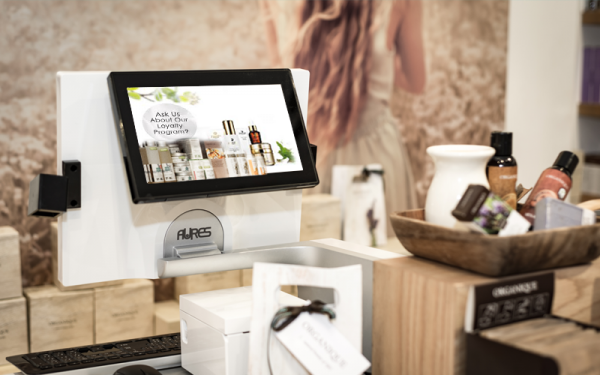Loyalty programs are a great way to retain customers and boost sales. Even small businesses can provide loyalty perks to customers by harnessing new technology, without having to pay unreasonable costs to get your program up and running.
Today, the process of setting up your own loyalty program is fully customizable, and is not just applicable for customer purchases. You don’t have to be, for example, a huge chain anymore to allow your customers to earn loyalty points in all sorts of ways, such as posting about your store on social media or receiving bonus points on their birthday.
Acquiring new customers costs at least five times as much as retaining existing ones. Depending on your industry, some sources say it can be as much as ten times as costly. Setting up a loyalty program can help keep your best customers coming back. With modern POS systems, integrating a loyalty scheme into your business can often be as easy clicking ‘yes’ in a settings menu and filling in a few text boxes.
Types of Loyalty Programs
When it comes to loyalty programs, the different options are plentiful, offering businesses lots of room for flexibility and customization to suit their specific needs. A few popular programs include:
Points – This is typically the most basic type of loyalty program. It can simply be a specific number of points earned per dollar spent, as you may find at a grocery store, or a “buy 5, get 1 free” program you might find at a coffee shop.
Tiers – This type of program offers a variety of different incentives and rewards depending on tier. The higher and more exclusive their tier, the more the customer can expect to receive in return. Airlines are a good example of this.
Paid programs – Amazon Prime and credit card companies are a couple of real-world examples of paid programs. Bonuses available for being part of a paid program can include discounts, rebates, cash back, upgrades, exclusive offers, and more.
The actions you reward in your loyalty program can be almost anything, including account registration, purchases, amount of money spent, referrals, social media engagement, birthdays, shopping on specific days or buying specific products.
Creating Your Loyalty Program
Putting in the work up front will ensure your loyalty program helps your business instead of hurting it. When planning your program, in addition to selecting the type of program you want, it is also important to set goals and identify key customers. What are the rules surrounding your loyalty program, what will the reward currency be, and how will communication about it be sent to customers?
Creating a pilot program with a limited audience is a useful way to gauge interest and response before launching it to your entire customer base. This will provide you with the feedback you need to revise before your full-scale loyalty program goes live.
Once it does go live, all that’s left is to manage it and improve where possible. The data you collect is extremely valuable, and analyzing it can help you measure results and adjust to make improvements as necessary.
Some Additional Tips
- Ensure your rewards are structured carefully – your business will need to strike a balance between the program being worthwhile for you, but also featuring attainable goals for your customers. Understand what customers want and what incentivizes them.
- Consider partnering with other businesses that complement your own. Shared marketing and promotion can benefit both businesses, with little to no cost to yourself.
- Don’t forget to promote your loyalty program! Ensure employees understand how the program works and have them mention the program to customers. Especially at first, you will want to share your new program details on social media, email marketing, etc.
- Make it easy to sign up. Whether at the checkout, on your website, or social media. It should be easy for customers to become a part of your program.
- Start by leveraging your existing clients – and reward generously at first. Early adopters are crucial to the success of your program.
- Keep communication open – according to Experian, emails targeted to your loyalty program members will have significantly higher open and transaction rates.
How to Measure Success
The key metrics to determine the success of your loyalty program will depend on what your business is looking to accomplish. Your POS system can generate reports with invaluable data to analyze. Some items to look at include member vs. non-member spending in terms of sales, basket size, frequency, and total transactions. Repeat purchases, referrals, and engagements are also worth looking at.
Check with your POS provider to see what types of loyalty program options they support.




